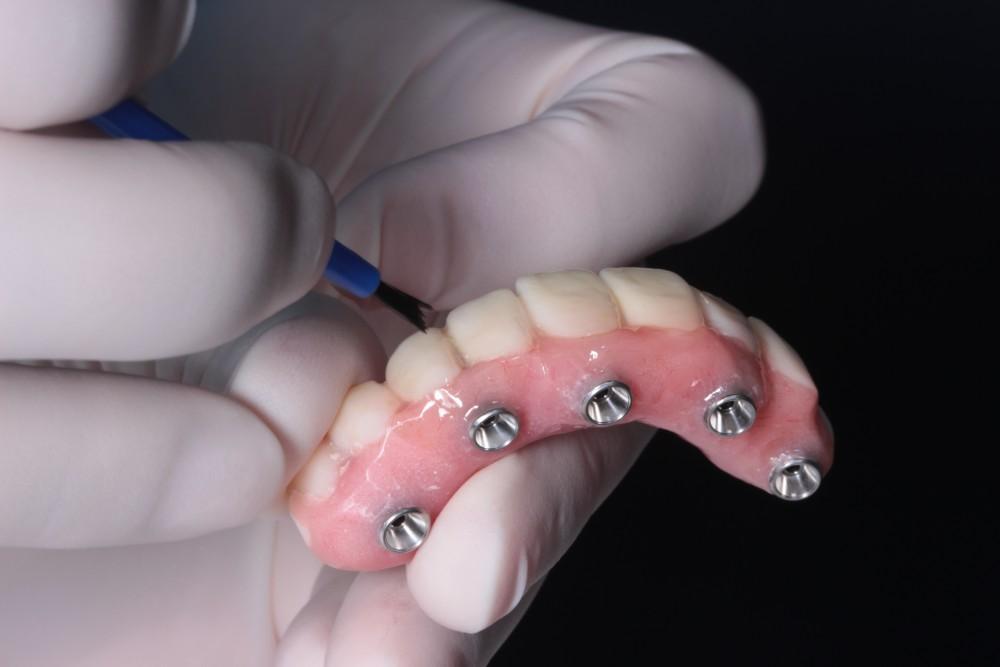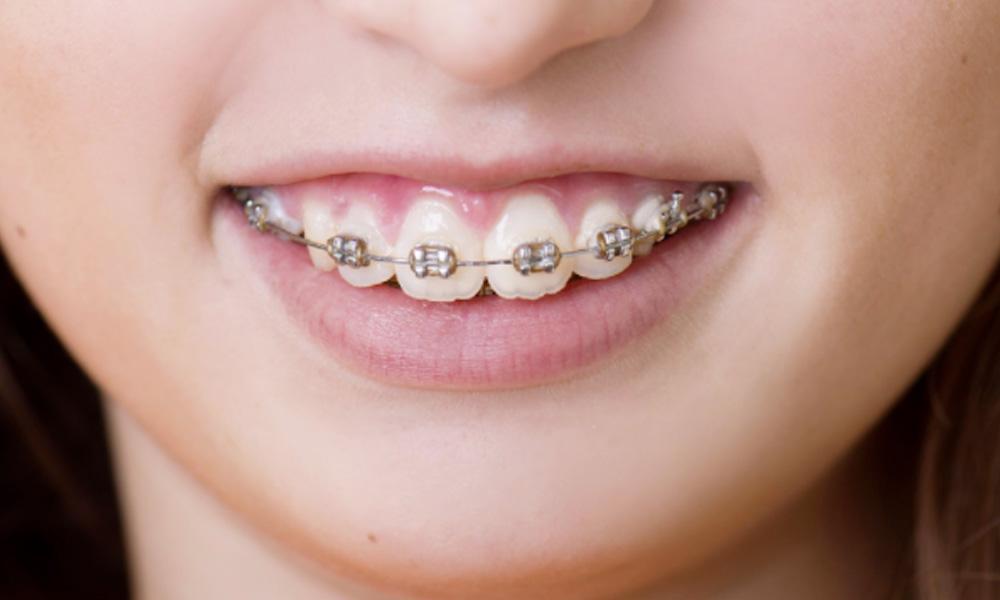Maybe you had a tooth pulled because of serious decay. Or perhaps you had a tooth knocked out in an accident. Either way, it’s a good idea to fill that open space in your smile as quickly as possible.
Dr. Scott Evans can help. At our office in the University Park area of Dallas, Texas, he has multiple tooth replacement options you can explore. While some people opt for dental implants to give them a permanent solution, you might want a quicker, surgery-free fix. For that, he offers dental bridges.
Could a bridge be the right choice for you? To help you find out, here’s a quick overview of this tooth restoration option.
To understand bridges, start with crowns
Dental bridges function using crowns. You might be familiar with crowns after a root canal — the crown, or cap, goes over the treated tooth, protecting and strengthening it. The crown gets color-matched and shaped to look just like the tooth it’s covering.
But tooth repair isn’t the only reason you might get a crown. That’s because a dental bridge uses one or more crowns to anchor artificial teeth in place to “bridge” a gap in your smile.
Once you get your bridge, you should be immediately able to talk and eat normally. There’s no learning curve like you would experience with dentures.
Dental bridges 101
There are a few different types of dental bridges. We start by explaining a traditional bridge because it’s the easiest type to understand.
You can get a traditional bridge if you have healthy teeth on both sides of the gap in your smile available to anchor the artificial tooth or teeth. Dr. Evans makes your tooth replacement so it blends in with your natural teeth; then he attaches the prosthetic to two crowns, one on each side.
When he prepares the teeth on each side of the gap in your smile for the crowns, he removes a small amount of the surface material. Then, he affixes the crowns to the prepared teeth. They hold the replacement tooth or teeth in place.
To help you best understand this replacement solution, you can see a picture of a traditional bridge on Verywell Health.
But what if you don’t have teeth on both sides of your gap (for example, if you lost a back molar)? If a traditional bridge isn’t an option, Dr. Evans also offers a specialized type of bridge called a cantilever bridge, which anchors in place using just one abutting tooth.
With proper care, your dental bridge can last 15 years or longer.
If you think a bridge might be the right tooth replacement choice for you, or if you want to learn more about your options for filling the gap in your smile, call Scott Evans, DDS, at 214-337-5202 today.




